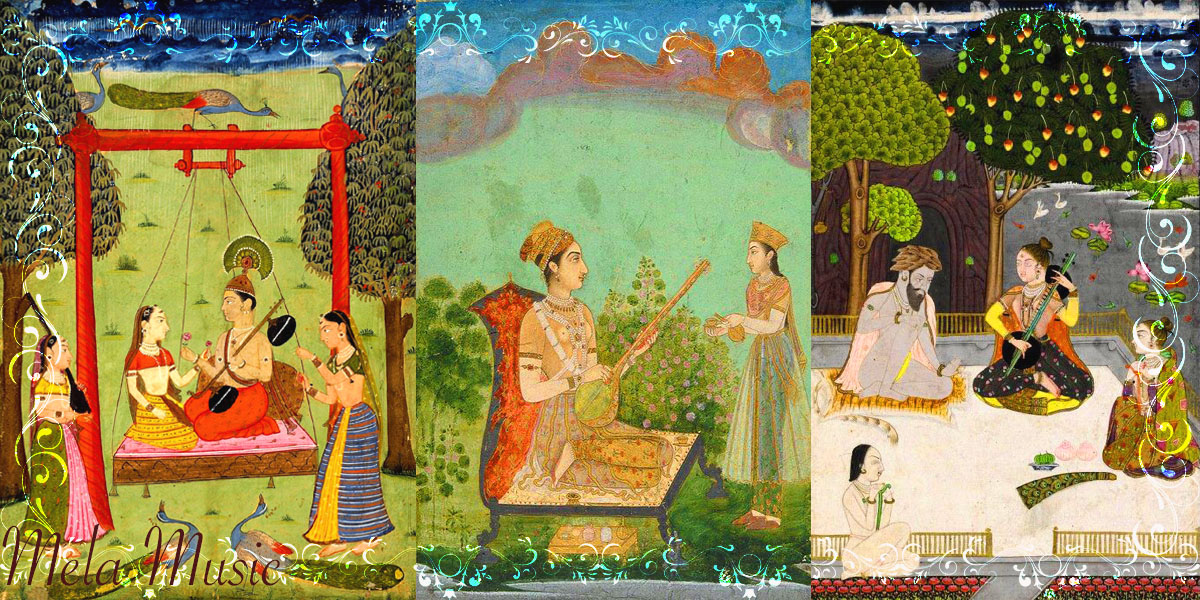
Derived from Sanskrit (Alam + Kru), signifying to decorate, adorn, or grace, alamkara essentially means ornamentation. The earliest reference to this term can be traced back to Bharat’s Natyashastra, penned around 200 BC. The application of alamkara serves to enhance the musical beauty. In historic music treatises like Sangeet Ratnakar (by Sarangdev in the thirteenth century) and Sangeet Parijat (by Ahobol in the seventeenth century), 63 to 68 types of alamkara were mentioned.
Ancient musical texts categorized alamkara into two sections: Varna-alamkara and Shabd-alamkara. Varna-alamkaras were constructed by the varnas and comprised four types:
1. Asthayee Varna
2. Arohi Varna
3. Avarohi Varna
4. Sanchari Varna
These varnas followed a specific sequence of four distinct movements. The alamkaras, adaptable to various tempos and talas, were also considered Varna-alamkaras. The method of sound production was referred to as Shabd-alamkara, encompassing the ornamental aspects associated with sound production. In other words, these alamkaras were performed vocally or instrumentally without explicitly articulating the varnas’ names or notes. When the varnas were utilized as beats or fractions of a beat, they were termed Chhand-alamkara.
In Indian classical music, alamkaras, popularly known as Palta today, are employed on the spot to enhance and embellish ragas, talas, and bandishes during extempore variations, incorporating grace notes to elevate the composition’s aesthetic appeal. Alamkaras essentially serve as the primary elements for embellishing a swar or a note. It’s worth noting that alamkara is not typically used in faster or drut tempos, whereas taan can be executed at a swifter pace.
Content Provided By: Sangeetpedia
